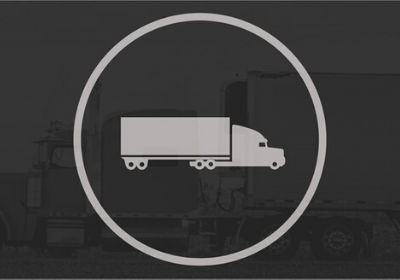
Dive Brief:
- Demand is spiking for inland trucking capacity as grocers and retailers look to restock their shelves with critical goods amid the COVID-19 outbreak. DAT’s load-to-truck ratio, a measure of demand, was up 31% for vans and 33% for reefers between March 9 and March 15.
- The trucking spot market has seen an increase in demand that is “directly attributable” to the outbreak and the resulting consumer buying response, Ken Adamo, chief of analytics at DAT, told Supply Chain Dive in an interview.
- “We’re definitely seeing a sharp uptick … that we would not have expected from a seasonal perspective,” Adamo said of load volumes.
Dive Insight:
The price shippers pay on the spot market is increasing alongside demand. “We are seeing spot rates accelerate upwards,” Adamo said. Van rates were up 3% and reefer rates were up 2% between March 9 and March 15, according to DAT.
Given the circumstances, shippers are “going to pay more if they shift to the spot market. But if they don’t have the capacity, that’s sort of a thing that they’re forced to do,” Adamo said.
One reason for the reduction in capacity on the spot market could be the result of carriers shifting capacity away from the spot market to help with contract shippers, he said.
Retailers like Costco and others have been struggling to keep some items in stock in recent days as consumers prepare for long stays at home.
Shippers are willing to incur the higher cost of freight even for deliveries with fewer items as they look to keep items in-stock, Suketu Gandhi, a partner at Kearney, told Supply Chain Dive in an interview.
“Let’s say you were doing [one] delivery every week, [now] folks are trying to do two to three days a week to a store or a DC,” Gandhi said.
Frank Hurst, president of Roadrunner Freight, said the company has had “a really strong March” from a demand perspective.
Roadrunner has been in touch with multiple e-commerce customers who expect an increase in volume as consumers practice social distancing and turn to online marketplaces for shopping. But the carrier expects other aspects of its business to see declining volume in the coming days and weeks.
“I’m sure there will be a reduction in volume” as restaurants, the hospitality industry and hotels begin to shut down, Hurst said in an interview with Supply Chain Dive. “But our anticipation is that we make that up with e-retail and volume going into those [fulfillment centers].”
Shippers and carriers are taking steps to limit human interaction. Technologies like electronic signatures will help, and Roadrunner has begun calling ahead to all the locations where it is delivering to ensure someone is there to receive the order and the driver doesn’t have to wander around a facility to find someone, Hurst said.
“We’re spending a lot of time in educating, communicating with our drivers about not only proper hygiene, sanitation, but we’re also taking measures like we’re closing down break rooms and shower facilities,” he said.
Source: Supply Chain Dive
